Jalil Shahnaz
Shahnaz, Jalil (1921-)
One of the most prominent tar instrumentalists of the last fifty years. Born into a family of musicians from Isfahan, he received his musical education from his father and brothers who were all tar instrumentalists. He was mainly influenced by two masters: Akbar Khan Nawruzi Isfahani (d. 1942) and ‘Abdu’l-Husayn Shahnazi (d. 1949). Making his debut in the orchestras of Radio Isfahan and in concerts held by private artistic circles there, his prodigious performances on the tar, in which his powers of creative improvisation were evident and his extraordinary acumen in providing appropriate musical responses to the singer were soon recognized by all. He went to Tehran in 1948 and in 1957 departed his hometown Isfahan forever. Following Lutfu’llah Majd and Farhang Sharif, he soon found his way on to the Gulha programmes, where before long he had won national fame and recognition. His sophisticated style of performance is reflected in numerous Gulha programmes, especially in Golha-yi javidan, Rangarang, Barg-i sabz, and Yik shakh-i gol, in which he performed both as soloist and accompanist. Despite his unrivalled talent in improvisation, one may hardly find any performance by him that exhibits any artistic independence. In this respect, his tendency to focus on virtuoso performance, his lack of acquaintance with musical notation and lack of background in musical and orchestral composition, are to be taken into account. Nonetheless, none of these factors may be said to undermine his exalted position as the unequalled maestro whose impact on successive generations of tar instrumentalists is tremendous. Shahnaz is still recognized as the most prominent creative tar instrumentalist of modern times. He was active in the realm of music until 2004 and numerous albums of his, among which mention may be made of Shahnaz-i Shahnavaz (“Shahnaz, the Musician Laureate,” Tehran: Ava-yi Barbad 2009), as well as numerous recordings of his accompaniment of different artists, have been released. In short, he is recognized as the most prominent figure in performance on the tar of the last fifty years.
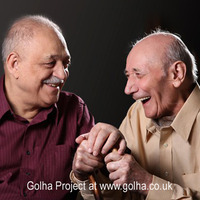
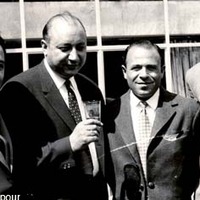
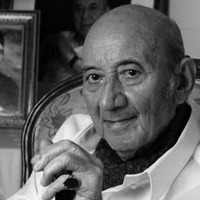
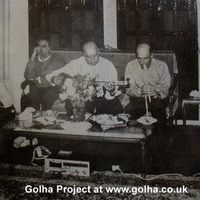
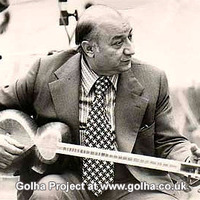

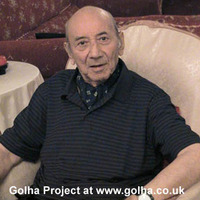
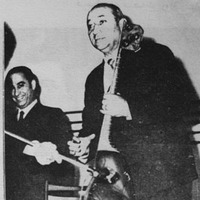
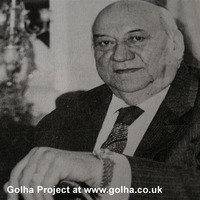
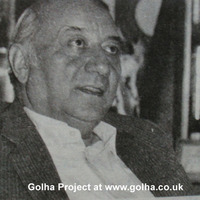
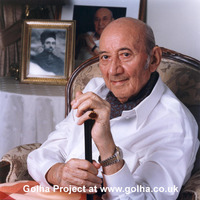
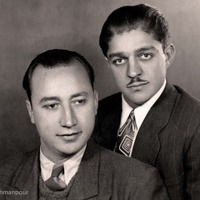
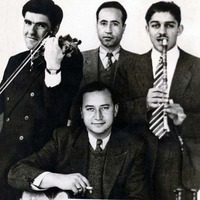
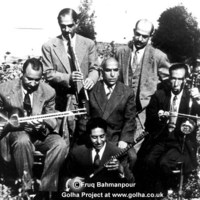
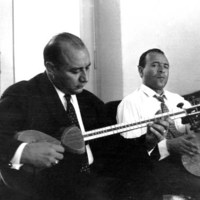
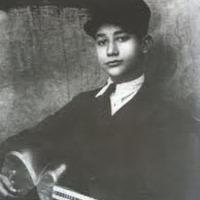
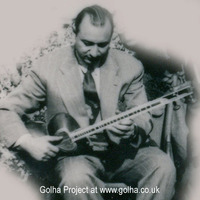
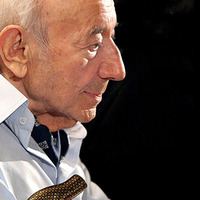
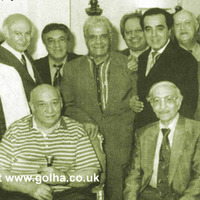
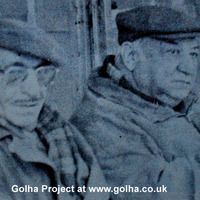
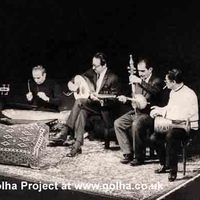
 In association with The Iran Heritage Foundation © All rights reserved 2025. Jane Lewisohn | Website by
In association with The Iran Heritage Foundation © All rights reserved 2025. Jane Lewisohn | Website by